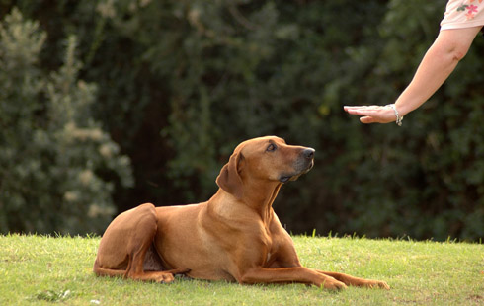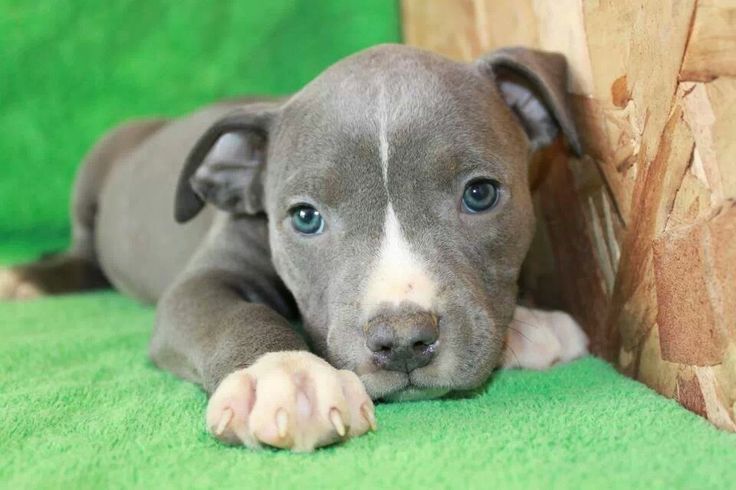The Ultimate Puppy Prep List For New Dog Parents

A new puppy brings immense joy—and a few surprises. Before the tail wags and nose boops begin, it helps to make a few smart changes around the house. This list helps first-time dog parents or those a bit out of practice get ready to welcome their pup with confidence.
Create A Safe Space For Rest

Every puppy needs a spot to call their own. Choose a quiet corner with a comfy bed and a crate. Keep it away from noisy areas so they can nap without distractions. That little space becomes their go-to zone for relaxing, especially after play or potty training.
Secure All Loose Wires And Cables

Puppies are drawn to cords, so make sure to hide them behind furniture or use covers to keep them safe. Anything dangly is fair game, and wires are no exception. A quick check of each room can prevent potential accidents and expensive repairs.
Set Up Baby Gates Strategically

It’s easier to train your pup when they have limits. Install baby gates to stop your pup from accessing stairs or off-limit rooms. One or two gates are all you need to manage where they go. Smaller spaces help puppies feel more comfortable and easier to watch.
Store Hazardous Items Out Of Reach

From cleaning sprays to snacks, if it’s on a low shelf, move it. Puppies love to explore, and cabinet locks can help keep them out of trouble in kitchens and bathrooms. Even items that seem harmless can upset their stomachs, so stash them high for now.
Choose The Right Food And Bowls

Choosing the right dog food is key, so ask your vet or breeder for recommendations based on your dog’s age. It’s also a good idea to use ceramic or stainless steel bowls, as they’re more hygienic and easier to clean compared to plastic. Be sure to keep fresh water available, too!
Hide Anything Chewable

Your new pup doesn’t know the difference between an old slipper and your favorite sneakers. So, remember to place the shoes in the closet and cords off the ground. If it’s small and smells like you, it’s a target. Give them fun chew toys instead—they need something to gnaw during teething.
Set Up A Puppy Supply Station

Keep your essentials in one place so you’re not scrambling. A basket near the door works great for leashes, treats, waste bags, and grooming supplies. Having it all in reach makes walks and cleanup smoother. When things are organized, everything feels a bit less hectic.
Pick A Vet And Schedule A Visit

Don’t wait for something to go wrong. Find a nearby vet and book that first appointment right away. It’s a good time to ask questions and start vaccinations while ensuring your pup grows as expected. A good vet becomes your go-to person for all things dog.
Puppy-Proof Furniture And Decor

Some pups are climbers; others are chewers. Either way, wobbly lamps and dangling curtains won’t last long. Rearrange furniture or decor that looks risky or unstable. Even loose couch cushions can get torn up fast. Think like your pup—if it looks interesting, it’s probably in danger.
Get Everyone On The Same Page

Before your pup arrives, talk through the rules. Expectations get confusing if one person lets them on the couch and another says no. Decide on commands and feeding times together. A consistent routine makes training easier for everyone—including your new fluffy roommate.
Create A Bathroom Routine Right Away

House training is all about the right timing. A puppy is more likely to learn quickly when taken out after meals and naps and led to the same spot. Having treats and praise ready makes the process easier. Accidents can still happen, but a solid routine helps keep them to a minimum.
Introduce Sounds Gradually And Calmly

Noises such as blenders or doorbells can spook a young pup. Let them hear those noises in short bursts. Stay calm so they don’t panic. Eventually, the loud sounds become regular background noise. They’ll stop freaking out every time the vacuum turns on.
Choose Toys That Encourage Mental Stimulation

Squeaky toys provide entertainment, but brain games offer more lasting benefits. Treat-dispensing balls and puzzles can keep a puppy engaged for longer. By switching them out every few days, you can maintain their curiosity and minimize unwanted behaviors like chewing remotes or rummaging through the trash.
Prepare For A Few Sleepless Nights

The first week can feel like having a newborn. Your pup might cry or whine at night. Place their crate close by and add something cozy, such as a blanket or a shirt with your scent. They’ll settle faster once they feel safe and not so alone.
Puppy-Proof The Yard Or Balcony Too

A dog’s outdoor space benefits from being regularly checked for safety. It’s worth inspecting the fence for weak points, removing anything sharp, and confirming that the plants are non-toxic. These small steps lead to more peace of mind when a dog is out exploring.






